The Violet Companion Plant Guide: Which Plants Pair Well With Violets
The Violet Companion Plant Guide: Which Plants Pair Well With Violets?
Violets are a beautiful and versatile flower that can be grown in a variety of settings. They are also relatively easy to care for, making them a great choice for beginner gardeners.
One of the best things about violets is that they can be companion planted with a variety of other plants. This means that you can strategically place them in your garden to create a beneficial relationship between the plants.
In this blog post, we will discuss the benefits of companion planting with violets and share some of the best companion plants for violets. We will also provide some tips on how to plant and care for violets in your garden.
Benefits of Companion Planting with Violets
There are many benefits to companion planting with violets. Here are a few of the most important:
- Attract beneficial insects. Violets attract a variety of beneficial insects, such as bees, butterflies, and ladybugs. These insects help to pollinate your plants and control pests.
- Improve soil health. Violets are nitrogen-fixing plants, which means that they can help to improve the nitrogen content of your soil. This can benefit other plants in your garden.
- Deter pests. The strong scent of violets can deter some pests, such as aphids and slugs.
- Create a more diverse garden. Companion planting can help to create a more diverse garden, which is beneficial for both plants and wildlife.
Best Companion Plants for Violets
There are many different plants that can be companion planted with violets. Here are a few of the best:
- Roses. Violets and roses are a classic combination that looks beautiful in any garden. The violets help to deter pests from the roses, and the roses provide shade for the violets.
- Primroses. Primroses and violets bloom at the same time, so they make a great combination for early spring gardens. They also have similar soil and light requirements, so they are easy to plant together.
- Cabbage family plants. Cabbage family plants, such as broccoli, Brussels sprouts, and cauliflower, benefit from the presence of violets. The violets help to deter pests that can damage these plants.
- Lettuce. Lettuce and violets are both cool-season plants that can be planted together in early spring or fall. They have similar soil and light requirements, so they are easy to care for.
- Herbs. Many herbs, such as chives, mint, and parsley, can be companion planted with violets. These herbs help to deter pests and attract beneficial insects.
How to Plant and Care for Violets
Violets are relatively easy to plant and care for. Here are a few tips:
- Plant violets in full sun or partial shade.
- Choose a location with well-drained soil.
- Amend the soil with compost or other organic matter before planting.
- Space the plants about 6 inches apart.
- Water the plants regularly, especially during the first year.
- Deadhead the flowers to encourage more blooms.
Conclusion
Violets are a beautiful and versatile flower that can be companion planted with a variety of other plants. By strategically planting violets in your garden, you can create a beneficial relationship between the plants and enjoy their beauty for years to come.
Violets are a beautiful and versatile flower that can be grown in a variety of settings. They are also a great choice for companion planting, as they can help to attract beneficial insects and deter pests.
Some of the best companion plants for violets include:
- Primroses: These early spring flowers share the same growing conditions as violets, and they can help to attract pollinators.
- Tulips: Tulips and violets bloom at the same time, and they can create a beautiful spring display.
- Pansies: Pansies are another popular spring flower that can be planted with violets. They come in a variety of colors, so you can create a custom look for your garden.
- Hostas: Hostas are a type of shade-loving perennial that can help to provide shelter for violets. They also help to suppress weeds, which can give violets a better chance to thrive.
If you are interested in learning more about violet companion plants, I recommend visiting Gardenia Inspiration. This website has a wealth of information on the topic, including plant profiles, growing tips, and companion planting charts.
FAQ of violet companion plants
FAQ on violet companion plants
Q: What are some good companion plants for violets?
A: Violets are a versatile plant that can be paired with a variety of other plants. Some good companion plants for violets include:
- Primroses: Primroses are another early-blooming plant that shares the same soil and light requirements as violets. They also attract pollinators, which can help to improve the pollination of both plants.
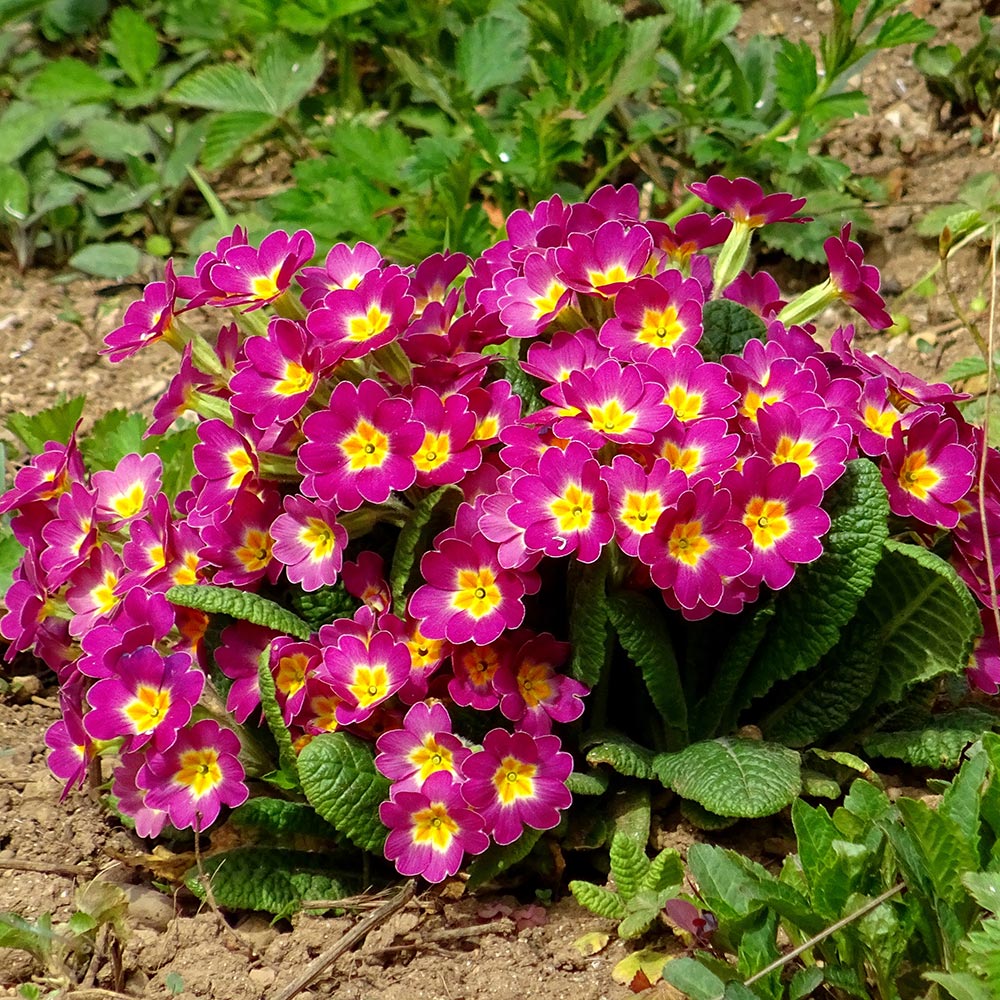
- Pansies: Pansies are a popular choice for companion plants for violets because they bloom at the same time and have similar colors. They also attract pollinators and help to deter pests.
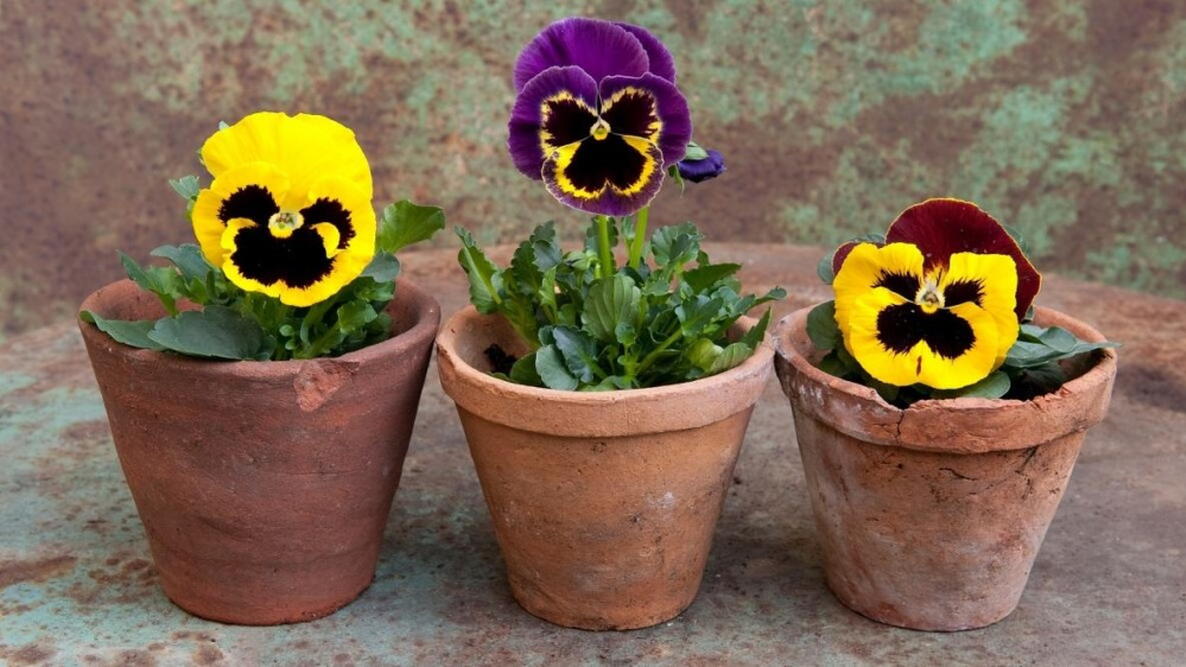
- Tulips: Tulips are a beautiful addition to any garden, and they can also be a good companion plant for violets. Tulips prefer full sun, while violets prefer partial shade, so be sure to plant them accordingly.

- Astilbe: Astilbe is a tall, airy plant that adds a touch of elegance to any garden. It also prefers partial shade, so it's a good choice for planting near violets.
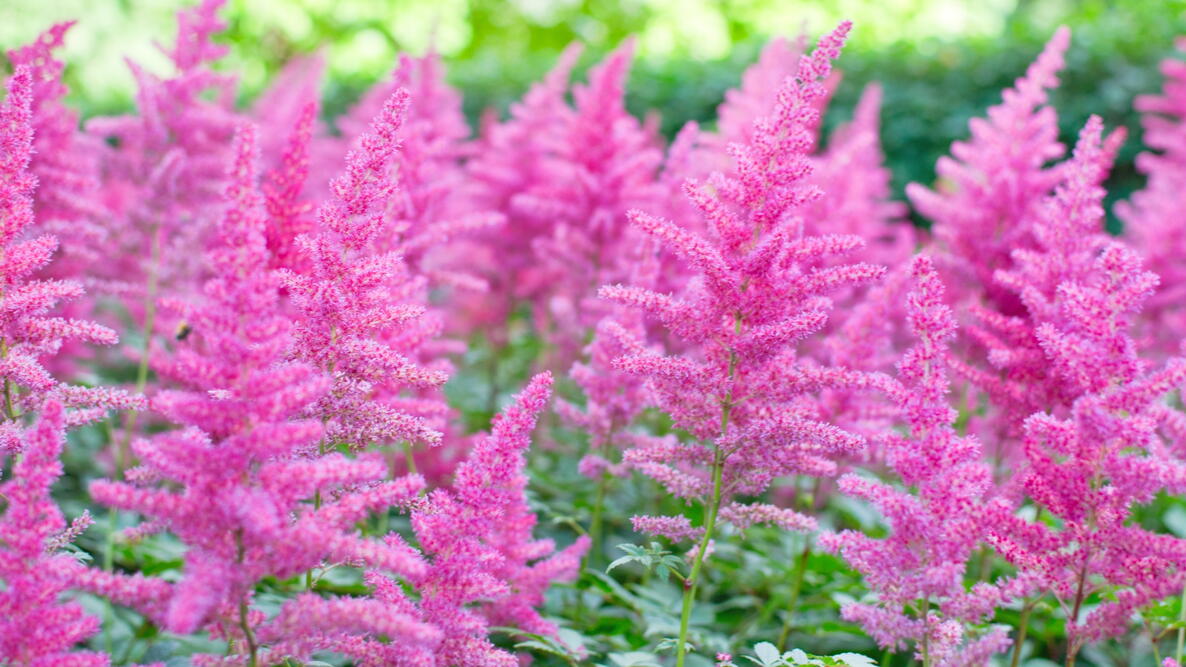
- Hostas: Hostas are a popular choice for shade gardens, and they can also be a good companion plant for violets. They're both low-maintenance plants that require little water, so they're a good fit for busy gardeners.

Q: What are the benefits of planting violet companion plants?
A: There are several benefits to planting violet companion plants. First, they can help to attract pollinators, which can help to improve the pollination of both plants. Second, they can help to deter pests. For example, violets are resistant to slugs and snails, so planting them near other plants can help to protect them from these pests. Third, they can help to improve the overall health of the garden. For example, violets can help to improve the drainage of the soil, which can benefit other plants.
Q: How do I plant violet companion plants?
A: Planting violet companion plants is easy. Simply plant them in the same soil and light conditions that you would plant violets. Be sure to water them regularly, especially during the first few weeks after planting.
Q: What are some common mistakes to avoid when planting violet companion plants?
A: There are a few common mistakes to avoid when planting violet companion plants. First, don't plant them in full sun. Violets prefer partial shade, so planting them in full sun will stress them out and may cause them to wilt. Second, don't overwater them. Violets are susceptible to root rot, so it's important to water them only when the soil is dry to the touch. Third, don't plant them too close together. Violets need room to spread, so give them at least 12 inches of space between each plant.
Q: Where can I find more information about violet companion plants?
A: There are a number of resources available to learn more about violet companion plants. Here are a few suggestions:
- The American Violet Society: The American Violet Society is a great resource for information about violets, including companion plants. Their website has a wealth of information, including articles, a forum, and a plant database.

- The Royal Horticultural Society: The Royal Horticultural Society is another great resource for information about violets. Their website has a section on companion planting that includes information about violets.

- Your local nursery: Your local nursery can also be a great source of information about violet companion plants. The staff at your nursery will be able to recommend specific plants that are well-suited for your garden.
Image of violet companion plants
- Pansies. Pansies are a good companion plant for violets because they have similar growing requirements and bloom at the same time. They also attract pollinators, which can help to improve the pollination of both plants.
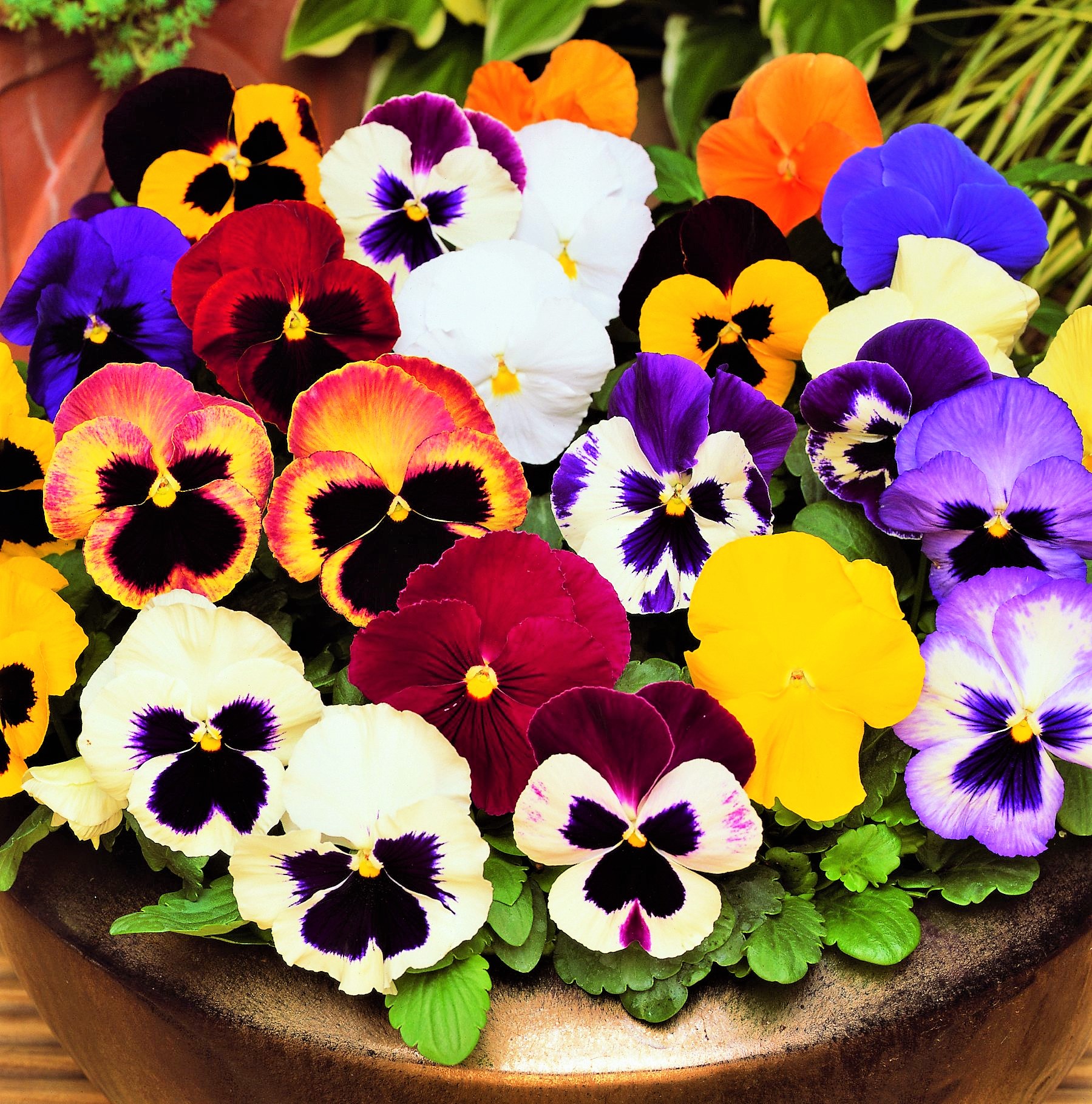
- Sweet Alyssum. Sweet alyssum is a low-growing, spreading plant that is perfect for filling in the spaces between violets. It also attracts pollinators and has a sweet fragrance.
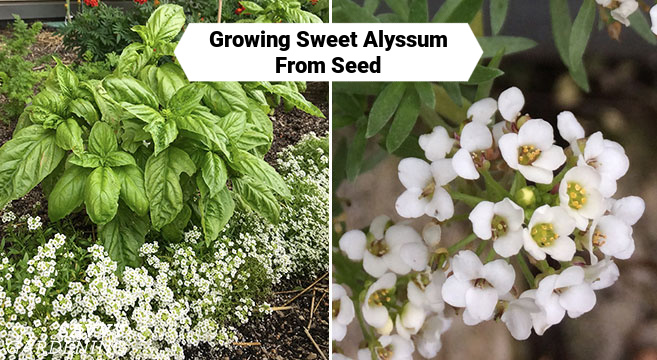
- Lavender. Lavender is a tall, upright plant that can provide some structure to a violet planting. It also attracts pollinators and has a lovely fragrance.

- Primroses. Primroses are a spring-blooming plant that can add some color to a violet planting. They also attract pollinators and have a delicate fragrance.

- Hostas. Hostas are a shade-tolerant plant that can provide some background for violets. They also attract pollinators and have large, colorful leaves.
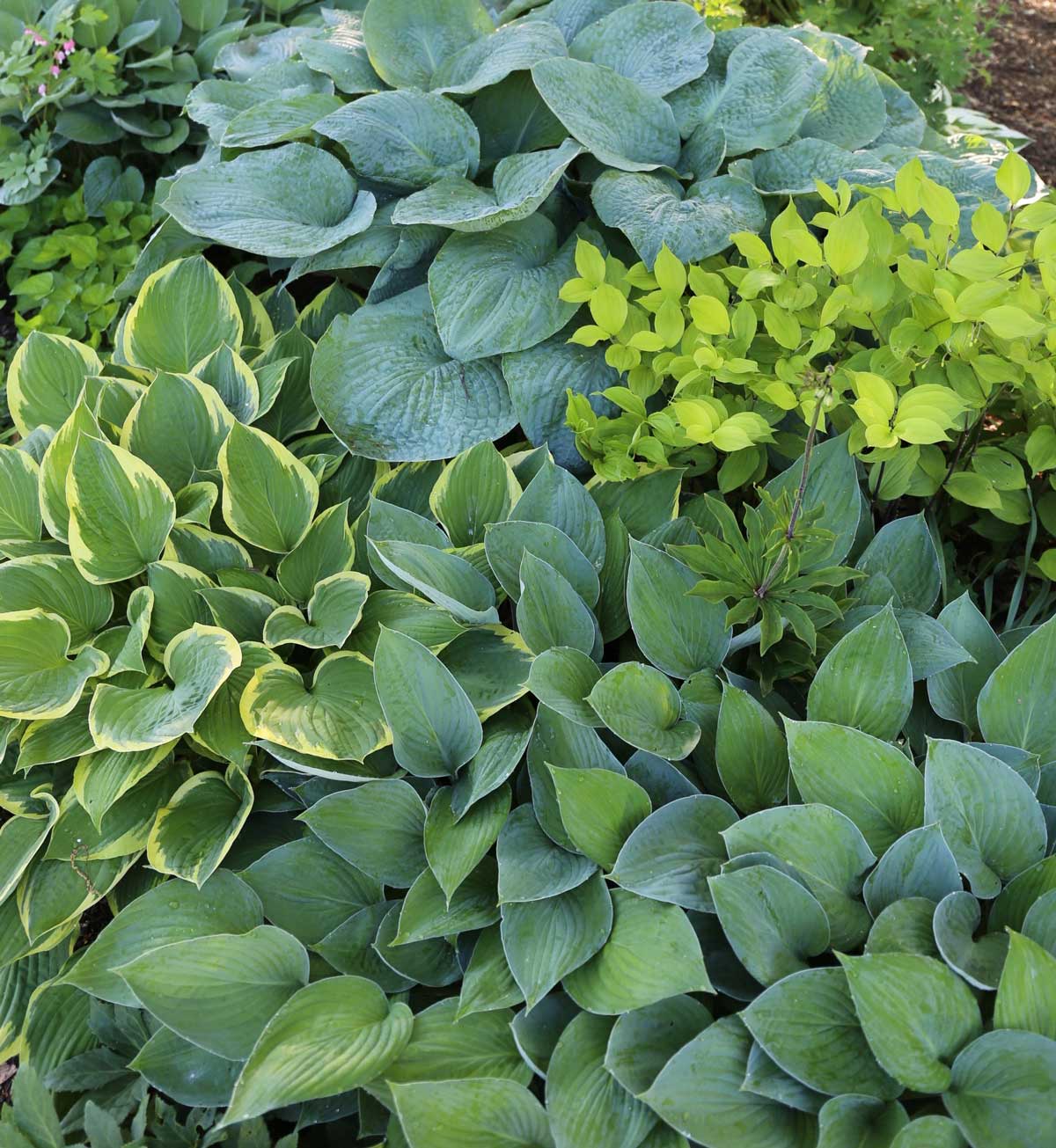
Post a Comment for "The Violet Companion Plant Guide: Which Plants Pair Well With Violets"